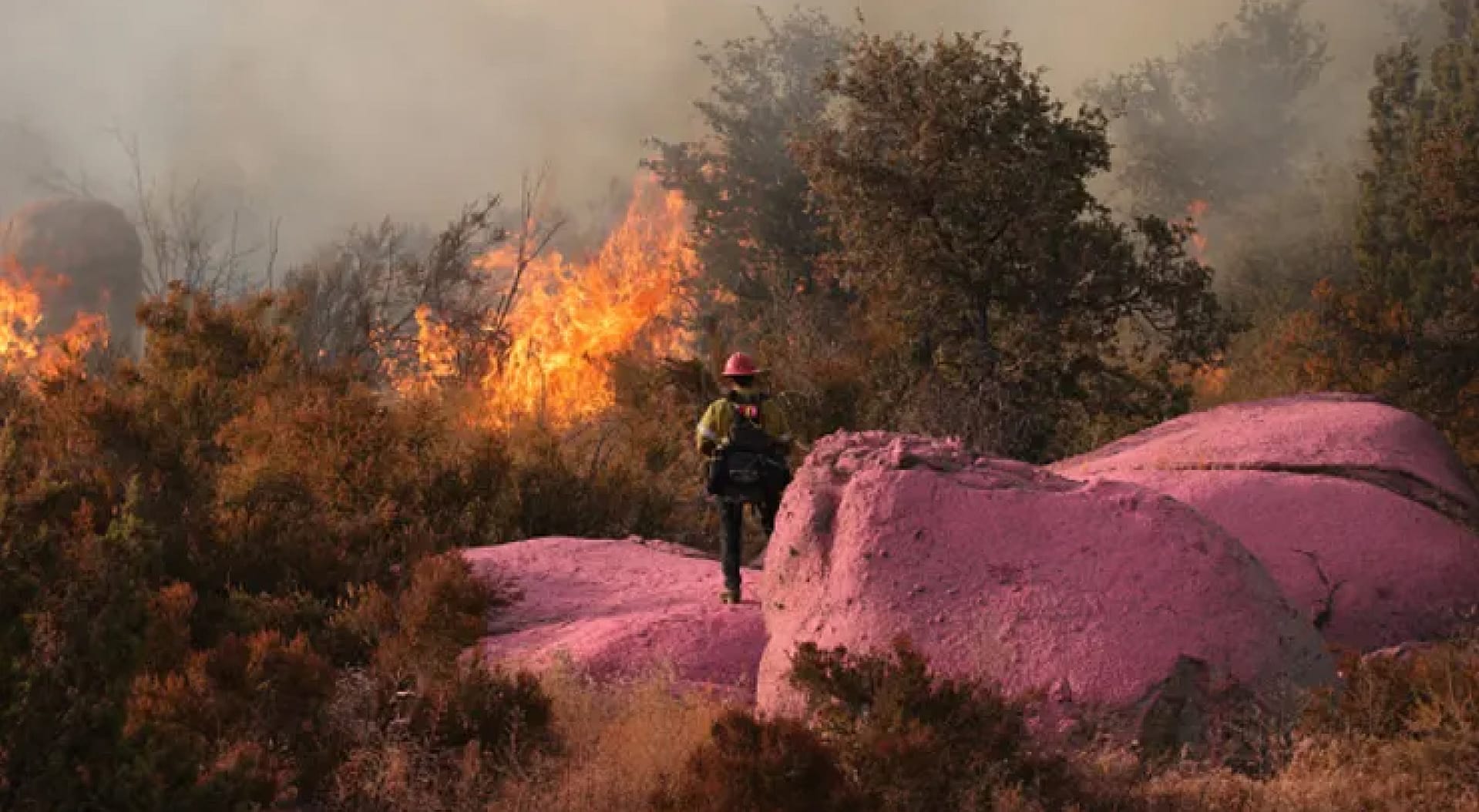Image Credits – David Swanson | Afp | Getty Images
For the first time in history, global warming exceeded 1.5 degrees Celsius (2.7 degrees Fahrenheit) in a 12-month period, European climatologists said, in what scientists called a “warning to humanity.”
The European Union’s Copernicus Climate Change Service (C3S) announced on Thursday that the exceptionally hot weather has measured temperatures between February 2023 and January 2024, recording the highest 12-month average global temperature on record.

Canada suffered its worst-ever wildfires in 2023 – Audrey Marcoux
Storms, droughts and fires have lashed the planet as climate change, as well as the El Nino weather phenomenon that warms surface waters in the eastern Pacific Ocean, made 2023 the planet’s hottest year in global records that go back to 1850.
The extremes continue until 2024, C3S said, confirming annual warming of 1.52°C above the 19th century benchmark.
But scientists said the world has yet to consistently exceed the crucial 1.5°C warming target set out in the Paris climate agreement, which is being measured over decades.
In 2015, nearly 200 governments signed the unprecedented Paris climate agreement to phase out fossil fuels in favor of renewable energy sources in the second half of the century.
Some scientists have said the Paris Agreement target can no longer be realistically met, but are still urging governments to act more quickly to reduce carbon dioxide (CO2) emissions to limit overshoot.
Angelos Tzortzinis / AFP via Getty Images
NASA climate satellite
The US space agency NASA launched its latest satellite on Thursday to study the world’s oceans and atmosphere in unprecedented detail.
SpaceX has launched the Pace satellite on its $948 million mission, which will spend at least three years daily scanning the globe from 676 km (420 miles) up.
Current Earth observation satellites can see in seven or eight colors, according to Werdell. Pace will see in 200 colors, allowing scientists to identify types of algae in the sea and types of particles in the air. Scientists expect to begin collecting data in a month or two.
The project aims to help scientists improve forecasts of hurricanes and other severe weather, detail changes to Earth as temperatures rise, and better predict the onslaught of harmful algae.





